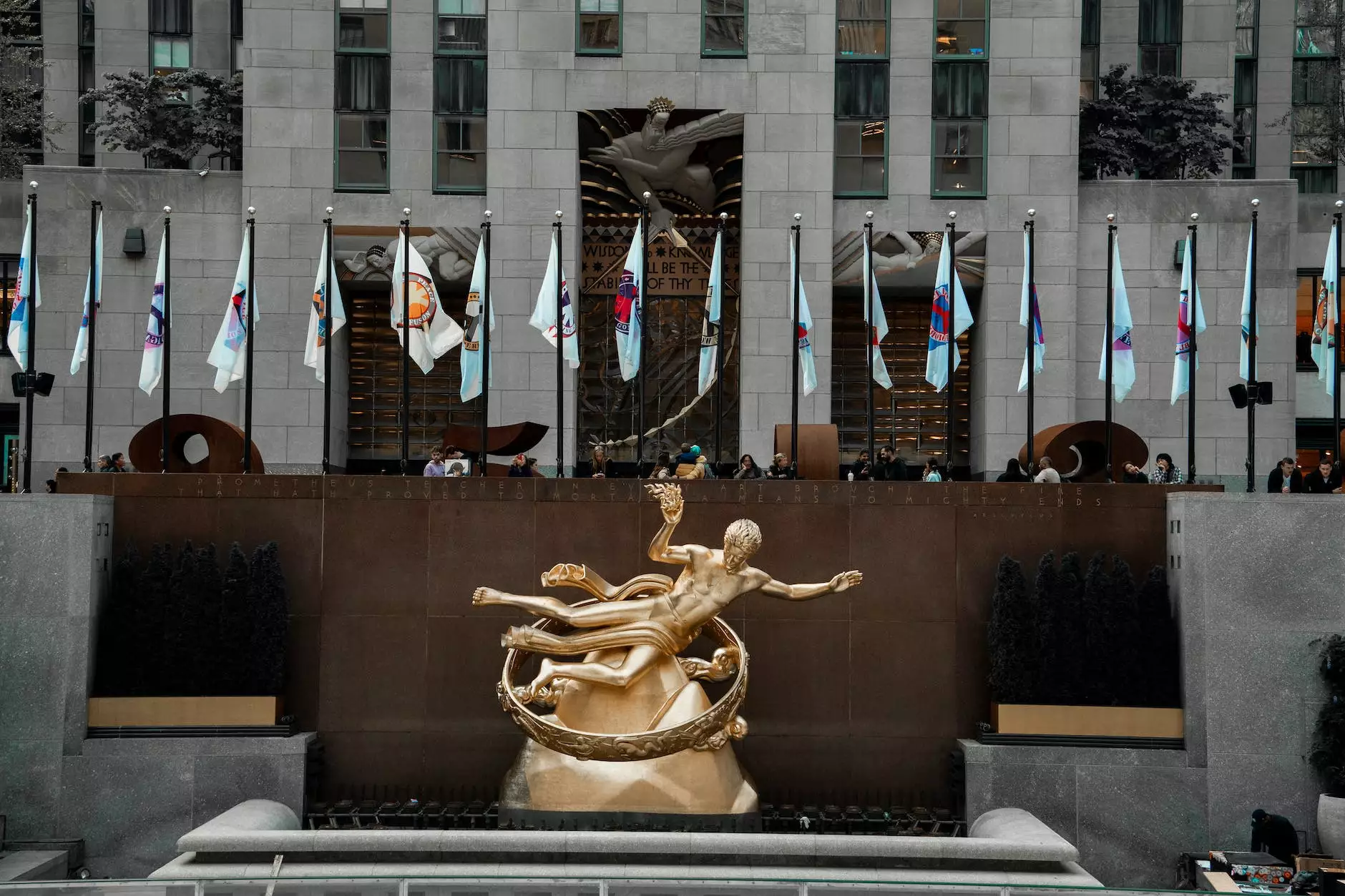The Role of Art in America since the Gilded Age
Book Reports
Art has played an integral and influential role in shaping the cultural landscape of America since the Gilded Age. The Gilded Age, which spanned from the late 19th century to the early 20th century, was a period of unprecedented economic growth, industrialization, and social change. During this time, art became a powerful medium through which artists expressed their views, reflected societal shifts, and contributed to the evolution of American society.
Art as a Mirror of Society
Art has always had a unique ability to mirror the society in which it is created. In the wake of the Gilded Age, artists began to explore new forms of expression that reflected the rapid changes taking place. These changes included urbanization, technological advancements, immigration, and the rise of consumer culture. Artists sought to capture the spirit of these transformations and provoke dialogue around the changing nature of the American experience.
One prominent movement that emerged during this time was the Ashcan School, which sought to depict the gritty reality of urban life. Artists such as Robert Henri and George Bellows portrayed scenes of overcrowded tenements, bustling city streets, and the stark divide between the wealthy elite and the working class. Their work shed light on the social injustices and inequalities that accompanied the era's economic boom.
The Influence of the Gilded Age on American Art
The Gilded Age's economic prosperity and growing middle class provided a fertile ground for the development of American art. As wealth accumulated and a new consumer culture emerged, art became more accessible to a broader range of individuals. This newfound interest in art led to the establishment of galleries, museums, and art societies that encouraged artistic production and appreciation.
During this period, American artists also began to establish their own distinctive styles and movements, breaking away from European influences. Notably, the emergence of American Impressionism showcased artists' fascination with capturing the fleeting effects of light and color in landscapes and urban scenes. Painter Childe Hassam, often referred to as the "American Monet," became one of the leading figures of this movement.
Moreover, the Gilded Age witnessed the rise of iconic American painters such as Winslow Homer and Thomas Eakins, who depicted powerful and quintessentially American subjects. Homer's seascapes and Eakins' realistic portraits of athletes and everyday individuals captured the essence of American identity and contributed to the development of a distinctly American art scene.
The Social Impact of Art
Art has the power to evoke emotions, challenge conventional thinking, and spark social change. During the Gilded Age, artists used their creations to comment on pressing social issues and advocate for reform. For instance, painter Jacob Lawrence depicted the Great Migration of African Americans from the rural South to the urban North, shedding light on the experiences of marginalized communities and the struggle for equal rights.
Photographer Lewis Hine played a crucial role in exposing the harsh working conditions endured by child laborers. Through his photographs, Hine documented the exploitative labor practices prevalent during the Gilded Age, raising awareness and inspiring change. These powerful visual representations of societal challenges raised public consciousness and spurred calls for social reform.
The Enduring Influence of Gilded Age Art
The art of the Gilded Age has had a lasting impact on subsequent generations of American artists and cultural movements. Artists such as Jackson Pollock, a prominent figure in the abstract expressionist movement of the mid-20th century, drew inspiration from the emotional intensity and spontaneous creativity found in the works of their Gilded Age predecessors.
Furthermore, the legacy of Gilded Age art can be seen in the continued exploration of social and political themes in contemporary art. Artists today, following in the footsteps of their Gilded Age counterparts, challenge societal norms, confront injustices, and use their platforms to advocate for change. The Gilded Age art movement set a precedent for artists to engage with and respond to the pressing issues of their time, leaving a lasting imprint on American art as a whole.
Conclusion
Art has been a driving force in shaping America's culture, society, and identity since the Gilded Age. From the depiction of urban life to the exploration of social issues, artists have played a crucial role in documenting and contributing to the evolution of American history. The role of art in America since the Gilded Age cannot be underestimated, as it continues to inspire, provoke, and reflect the ever-changing landscape of the nation.










